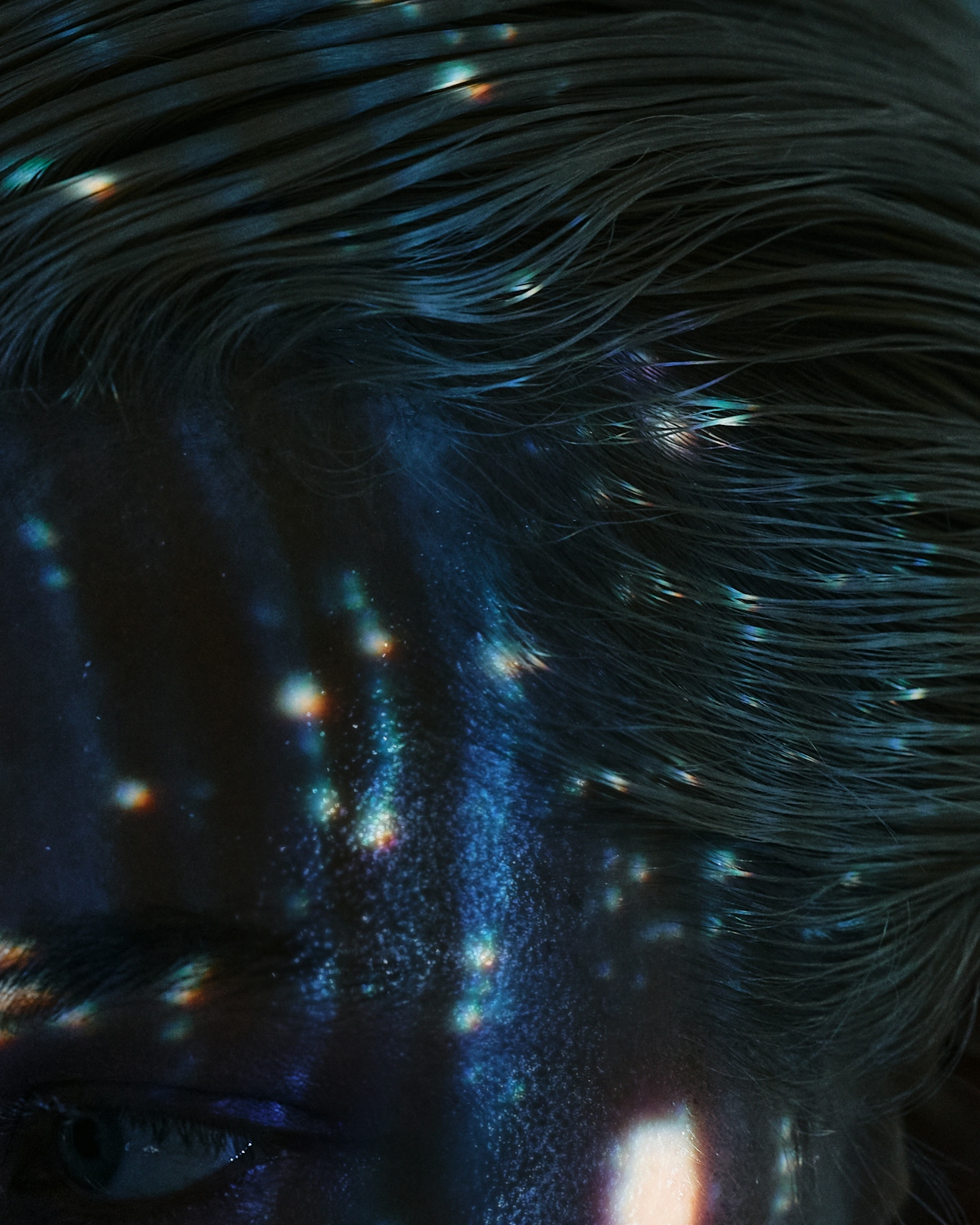The startup creative agency landscape evolves constantly as new studios emerge with fresh perspectives, innovative approaches, and distinctive capabilities. While established agencies maintain strong reputations through decades of work, younger studios often bring energy, contemporary thinking, and technical fluency that defines what's possible in modern brand building.
Identifying agencies worth watching requires looking beyond current portfolio size to assess strategic thinking, creative ambition, technical innovation, and momentum. The most interesting agencies aren't necessarily the largest or most famous—they're the ones pushing boundaries, developing new methodologies, and creating work that influences how the industry approaches problems.
This guide highlights creative agencies demonstrating exceptional promise through innovative work, distinctive perspectives, or emerging capabilities that position them for significant impact. These studios represent the future of creative services, whether they're established players evolving significantly or newer entrants redefining categories.
What Makes Agencies Worth Watching
Before examining specific studios, understanding what characteristics indicate agencies deserving attention helps frame evaluation beyond superficial impressions.
Distinctive points of view separate memorable agencies from competent service providers. The most interesting studios have clear perspectives about what matters in brand building, design execution, or business strategy. They don't simply execute client requests—they bring informed opinions that challenge assumptions and push thinking forward.
Innovation in process or methodology creates competitive advantages beyond pure creative talent. Agencies developing new approaches to research, strategy development, design systems, or project delivery often achieve results that traditional processes can't match. These innovations frequently become industry standards as others adopt successful methodologies.
Technical fluency with emerging technologies positions agencies to serve evolving client needs. Studios embracing AI, no-code platforms, immersive experiences, or new interaction paradigms develop capabilities competitors lack. This technical sophistication becomes increasingly valuable as brand expression becomes more technologically mediated.
Momentum through client growth, talent acquisition, or industry recognition indicates markets validating agency capabilities. While awards alone don't predict quality, consistent recognition combined with client retention suggests agencies delivering results that satisfy sophisticated buyers.
Cultural influence beyond direct client work demonstrates thought leadership. Agencies publishing frameworks, contributing to open-source projects, speaking at conferences, or educating through content often shape industry thinking more broadly than their project work alone suggests.
Emerging Agencies Redefining Creative Services
1. Clay
Clay has established itself as one of the most influential design agencies despite relatively recent founding. Their work for Slack, Coinbase, and Facebook demonstrates consistent ability to create brands and digital experiences that feel contemporary and sophisticated.
What makes Clay particularly interesting is their systematic approach to brand and interface design. They've developed methodologies around design systems, motion principles, and component thinking that produce remarkably consistent quality across projects. This systematic thinking represents evolved approaches to brand building for digital-first contexts.
The studio's emphasis on motion and interaction design distinguishes their work. They understand that modern brands exist primarily in dynamic digital environments rather than static print applications. Their integration of animation principles into brand systems creates identities that feel alive rather than static.
Clay's growth trajectory and client retention suggest they've built sustainable practices that deliver repeatable results. They're not relying on single impressive projects but consistently producing excellent work that attracts ambitious technology companies.
2. Metabrand
Metabrand represents a new generation of agencies built specifically for startup and technology company clients. Their exclusive focus on tech startups, SaaS, and fintech creates specialized expertise that generalist agencies can't match.
The studio's innovation lies in process optimization for startup constraints. They've systematized brand development to deliver comprehensive strategic and visual work within timelines and budgets accessible to early-stage companies. This democratization makes professional branding available to companies traditionally underserved by premium agencies.
Metabrand's integration of strategy, brand design, and web development into unified engagements reflects understanding of what startups actually need. They don't force artificial separations between disciplines that create handoff friction. Their comprehensive approach accelerates projects while ensuring coherence across deliverables.
Their focus on education through content demonstrates commitment to elevating industry thinking. They share frameworks and methodologies that help founders understand branding beyond surface aesthetics. This thought leadership positions them as experts rather than just service providers.
3. Ordinary Folk
Ordinary Folk has built reputation for exceptional animation and motion design integrated into brand work. Their portfolio demonstrates how motion can serve as primary brand expression rather than decorative enhancement.
The studio's technical capabilities in animation, 3D design, and motion graphics enable brand expressions that static-focused agencies can't deliver. As brand touchpoints become increasingly digital and dynamic, these capabilities become more strategically valuable.
Ordinary Folk's work shows sophisticated understanding of how motion communicates brand personality. The timing, easing, and character of animations convey qualities like energy, precision, playfulness, or sophistication. This attention to motion as brand language represents evolved thinking about how brands express themselves.
Their client roster including Apple, Google, and various startups demonstrates versatility across scales and requirements. They serve both established companies and emerging brands effectively, suggesting adaptable processes rather than one-size approaches.
4. Field
Field specializes in creating experiential installations, digital experiences, and brand environments that blend physical and digital. Their work exists at the intersection of technology, design, and spatial experience.
What makes Field interesting is their embrace of emerging technologies including AI, generative design, and real-time rendering to create brand experiences that weren't possible previously. They're not just using technology for novelty—they're exploring how it enables new forms of brand expression.
The studio's portfolio includes installations for Nike, Google, and cultural institutions. These projects demonstrate how brands can create memorable experiences beyond traditional advertising or digital touchpoints. As companies invest more in experiential brand building, Field's capabilities become increasingly relevant.
Their technical sophistication combined with design sensibility produces work that feels both innovative and appropriate. They avoid technology for its own sake, instead using capabilities purposefully to serve brand and business objectives.
5. DIA
DIA operates as both creative studio and venture studio, taking equity stakes in companies they work with. This model aligns their incentives with client success in ways traditional agency relationships don't.
The equity partnership approach attracts ambitious founders willing to exchange equity for services. This creates client base of companies pursuing significant outcomes rather than incremental improvements. DIA's portfolio reflects this ambition through bold brand work for venture-backed startups.
Their process combines brand strategy with go-to-market planning and early marketing execution. They don't just create brand identities—they help companies launch effectively. This comprehensive support serves early-stage companies needing more than isolated design work.
DIA's model represents interesting evolution in how creative services can be structured. If successful at scale, their approach could influence how other agencies engage with startup clients where traditional fee structures create barriers.
6. Humaan
Humaan is an Australian studio creating sophisticated digital experiences with particular strength in web design and development. Their portfolio demonstrates exceptional craft in digital implementation.
The studio's work is characterized by meticulous attention to interaction detail, typography, and animation. Their sites feel premium through countless small decisions about timing, spacing, and behavior. This craft quality distinguishes professional work from adequate execution.
Humaan's technical capabilities extend to complex web applications beyond marketing sites. They can handle sophisticated functionality while maintaining design quality. This full-stack capability serves clients needing both design excellence and technical sophistication.
Their geographic location outside traditional agency centers like New York or London provides fresh perspective unconstrained by local echo chambers. This distance from industry consensus sometimes produces work that feels distinctive rather than following established patterns.
7. TBD
TBD focuses on brand design for technology companies with particular emphasis on cryptocurrency, blockchain, and emerging technology sectors. Their specialization in crypto branding creates deep expertise in category-specific challenges.
The studio understands unique branding requirements for decentralized technologies, digital-native communities, and technical audiences. They can communicate sophisticated concepts clearly while building brands that resonate with both technical and mainstream audiences.
TBD's work demonstrates that specialized sector focus creates defensible advantages. Their accumulated knowledge about crypto branding, community building, and technical communication enables faster, more informed work than generalists approaching these topics freshly each project.
As cryptocurrency and blockchain technologies mature, agencies with established expertise in these areas position themselves advantageously for growing demand. TBD's early specialization gives them first-mover advantages in emerging category.
Established Agencies Evolving Significantly
Some agencies worth watching aren't new entrants but established studios evolving their capabilities or approaches in notable ways that position them differently for future opportunities.
Instrument
Instrument has transformed from digital agency to strategic partner for technology companies. Their evolution toward deeper strategy involvement and longer-term client relationships represents interesting model shift.
The agency now embeds with clients for extended engagements rather than discrete projects. This partnership model allows sustained impact on brand, product, and growth rather than delivering isolated campaigns. For companies seeking ongoing creative support, this model provides continuity.
Instrument's work for Google, Stripe, and other technology leaders demonstrates capability serving sophisticated clients with complex needs. Their evolution suggests traditional project-based agency models may be giving way to partnership approaches for certain client types.
Gin Lane (Now Pattern Brands)
Pattern Brands evolved from design agency Gin Lane into a brand incubator and venture studio. This transformation represents radical evolution from service provider to principal.
The company now builds and operates consumer brands using design and brand expertise accumulated through agency work. This shift from serving clients to building owned brands demonstrates confidence that design and brand capabilities can drive business creation.
Their success or failure as brand operators will provide interesting case study about whether agency capabilities translate to entrepreneurial contexts. If successful, it suggests new models for how creative talent can capture value beyond service fees.
What These Agencies Signal About Industry Direction
The agencies highlighted represent broader trends reshaping creative services. Understanding these patterns helps anticipate how the industry evolves and what capabilities will become increasingly valuable.
Specialization creates defensible advantages as markets mature. Generalist agencies face increasing competition from specialists with deeper expertise in particular sectors, technologies, or business models. Agencies developing clear specializations position themselves more favorably than those maintaining broad, undifferentiated capabilities.
Process innovation becomes differentiator as creative talent commoditizes. Distinctive methodologies, proprietary tools, or systematic approaches create advantages beyond individual talent. Agencies investing in process development build capabilities that scale beyond key individuals.
Technology fluency separates forward-looking agencies from those executing familiar patterns. Understanding emerging platforms, tools, and interaction paradigms enables agencies to serve clients navigating technological change. This technical sophistication becomes core capability rather than optional enhancement.
Business model innovation explores alternatives to traditional project-based fees. Equity partnerships, retainer relationships, and product development represent experiments with how creative services can be structured and compensated. Successful new models may reshape industry economics.
The agencies for startups worth watching in 2025 aren't necessarily those with the most impressive current portfolios. They're the ones developing capabilities, approaches, and specializations that position them to shape how brands are built in evolving technological and cultural contexts.
Get a free quote from Metabrand.










